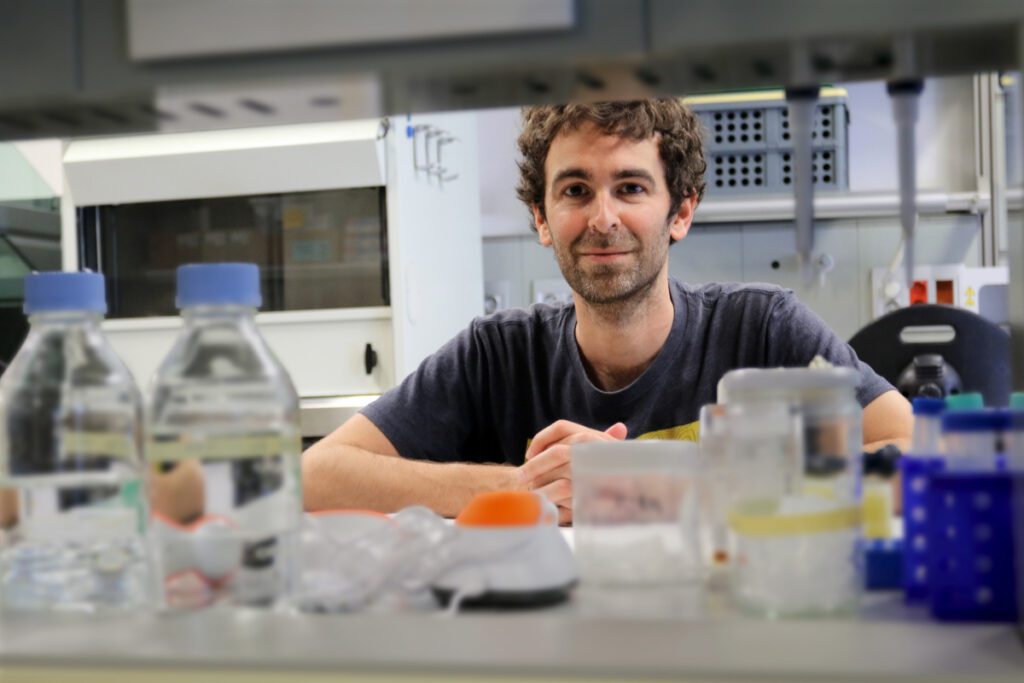A study by Stanford University and the Institute for Bioengineering of Catalonia describes an innovative technology that enables the large-scale analysis of antibodies in biological samples. Using microscopic beads marked with stable isotopes, this advance surpasses traditional techniques, accelerating the study of immune responses and opening up new possibilities for biomedical research.

Current methods of antibody detection, such as conventional serological assays, are limited in terms of the amount of information they can process in a single test. Although more recent techniques have made it possible to increase the number of simultaneous measurements, they are still restricted by interference in the detection signals. The new technology, developed by Stanford University and IBEC, overcomes these barriers by using polystyrene beads labelled with unique combinations of stable, non-radioactive isotopes. These can be accurately identified by mass spectrometry — a widely used biomedical research technique for analysing the chemical composition of a sample.
We have greatly expanded the capacity of serological analysis, allowing the simultaneous detection of dozens of different antibodies in hundreds of samples. This could be a key tool for biomedical research, vaccine development, and epidemiological studies.
Xavier Rovira
“We have greatly expanded the capacity of serological analysis, allowing the simultaneous detection of dozens of different antibodies in hundreds of samples. This could be a key tool for biomedical research, vaccine development, and epidemiological studies,” explains Xavier Rovira Clavé, the study leader and a principal investigator at IBEC who was formerly a researcher at Stanford University.
The key to this technology is that it enables the analysis of many more parameters simultaneously, which was previously impossible. “Instead of relying on fluorescent signals, which can overlap and limit the number of simultaneous measurements to 500 at most, we use isotopes. This eliminates the problem of overlap and allows more than 18,000 measurements to be detected simultaneously in a single reaction, with a very broad scope for improvement,” adds Rovira.
In their tests, the team applied this methodology to analyse serological samples from patients with SARS-CoV-2, measuring the presence of antibodies against various virus variants. The ability to evaluate thousands of samples simultaneously with different viral variants could improve the response to future pandemics and advance research into acquired immunity. Furthermore, the versatility of this technique opens up new possibilities in the study of autoimmune diseases and other pathologies. “The ability to analyse large amounts of immunological data in parallel could enable us to identify biomarkers for different types of pathology, improving diagnosis and the development of new therapies,” says Rovira.
This work represents an important step forward in biomedical research and public health by providing a more efficient tool for antibody analysis and immune response detection. Professors Julien Sage and Garry Nolan from Stanford University, Professor David McIlwain from the University of Nevada, Reno, researcher Alexandros Drainas, and Xavier Rovira at IBEC are continuing to improve the efficiency of the technique and reduce the cost of testing, with the aim of more easily putting it into clinical practice in the future.
Referenced article:
Alexandros P. Drainas, David R. McIlwain, Alec Dallas, Theresa Chu, Antonio Delgado-González, Maya Baron, Maria Angulo-Ibáñez, Angelica Trejo, Yunhao Bai, John W. Hickey, Guolan Lu, Scott Lu, Jesus Pineda-Ramirez, Khamal Anglin, Eugene T. Richardson, John C. Prostko, Edwin Frias, Venice Servellita, Noah Brazer, Charles Y. Chiu, Michael J. Peluso, Jeffrey N. Martin, Oliver F. Wirz, Tho D. Pham, Scott D. Boyd, J. Daniel Kelly, Julien Sage, Garry P. Nolan & Xavier Rovira-Clavé. High-throughput multiplexed serology via the mass-spectrometric analysis of isotopically barcoded beads. Nature Biomedical Engineering (2025). DOI: 10.1038/s41551-025-01349-0





